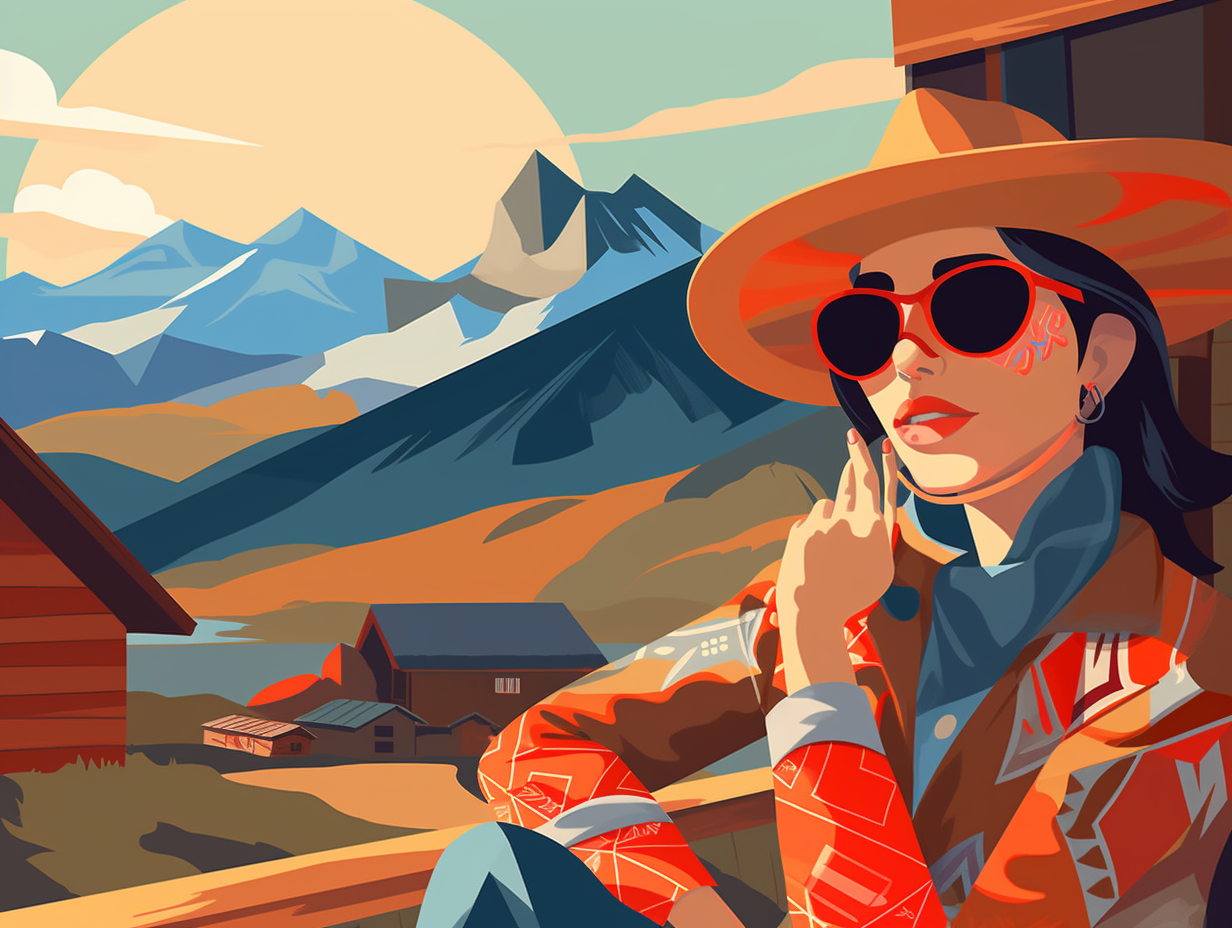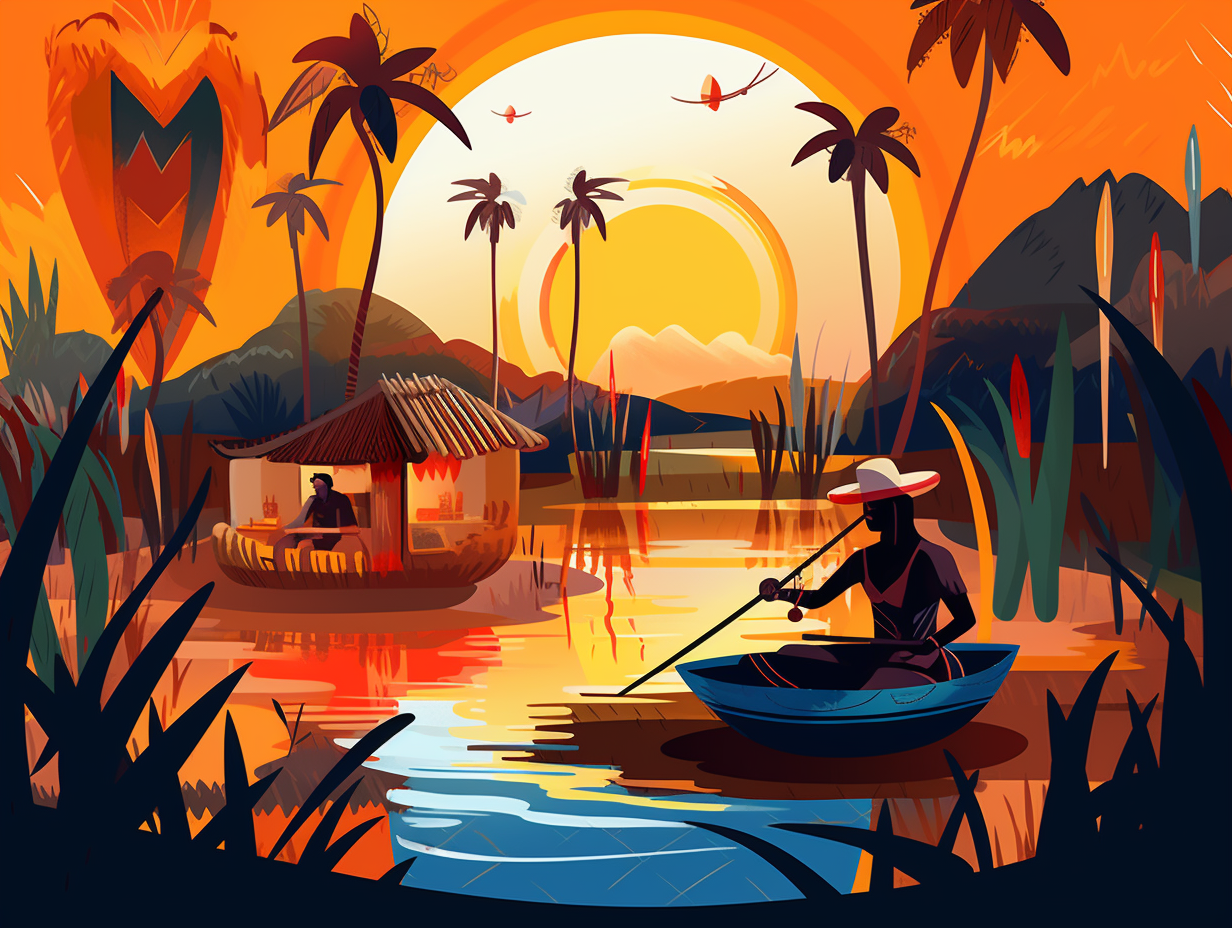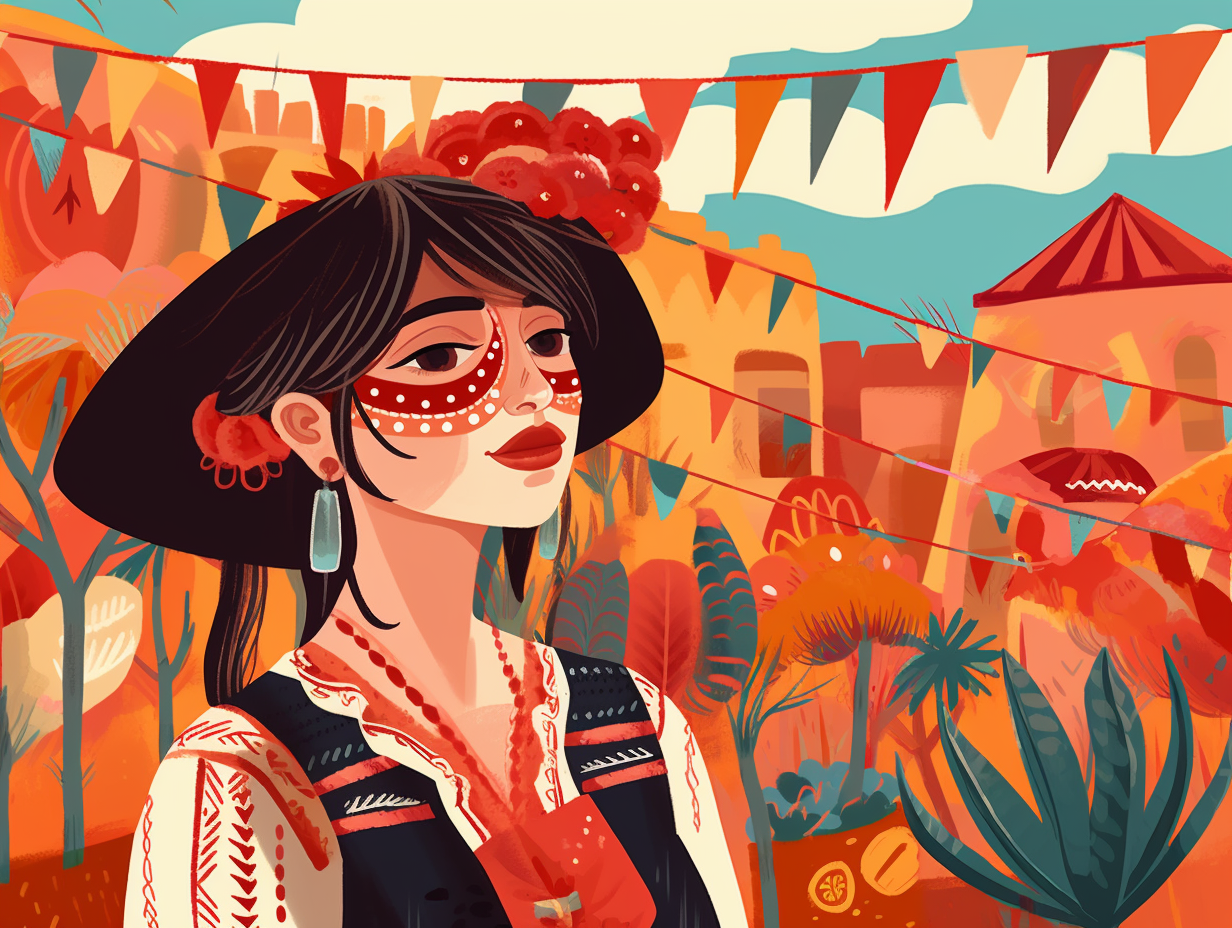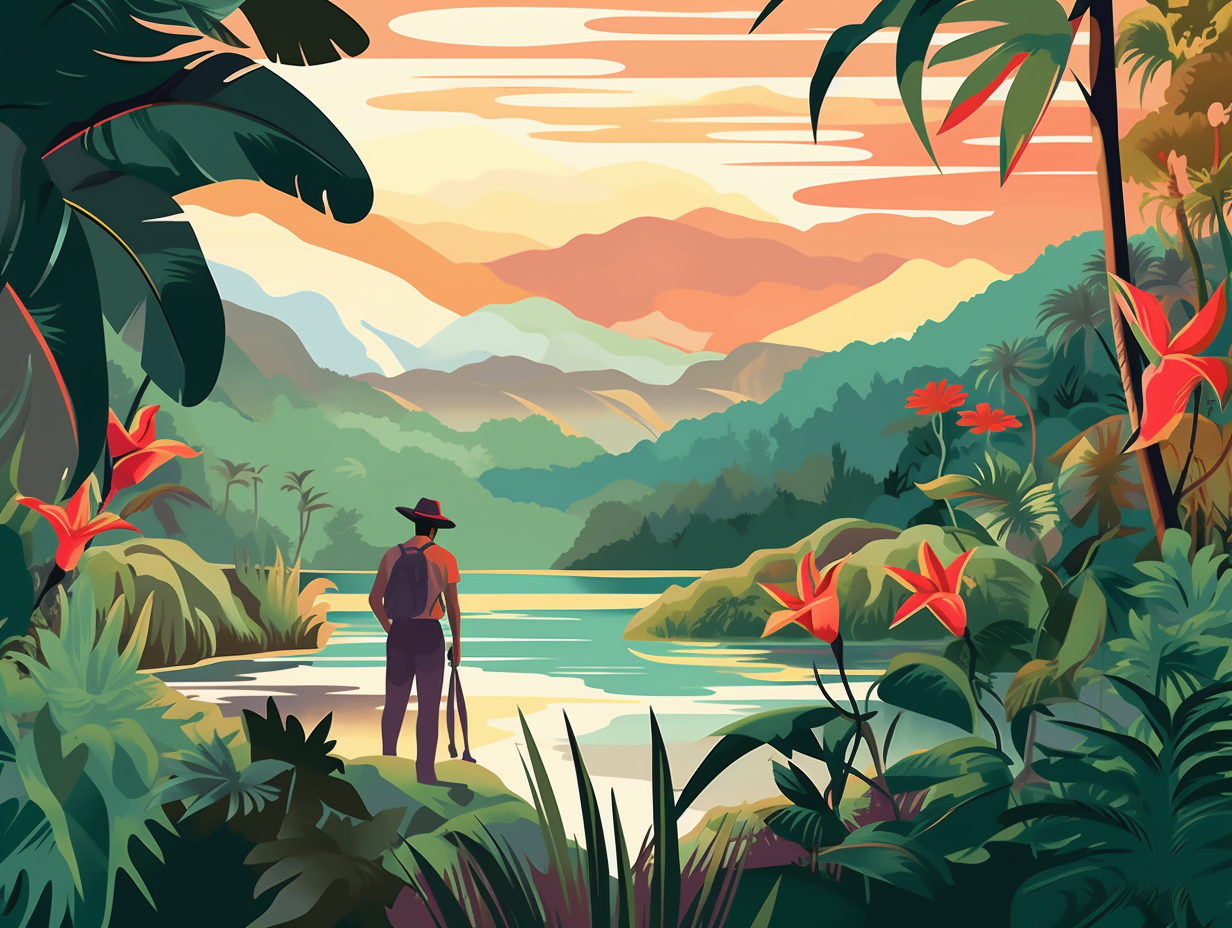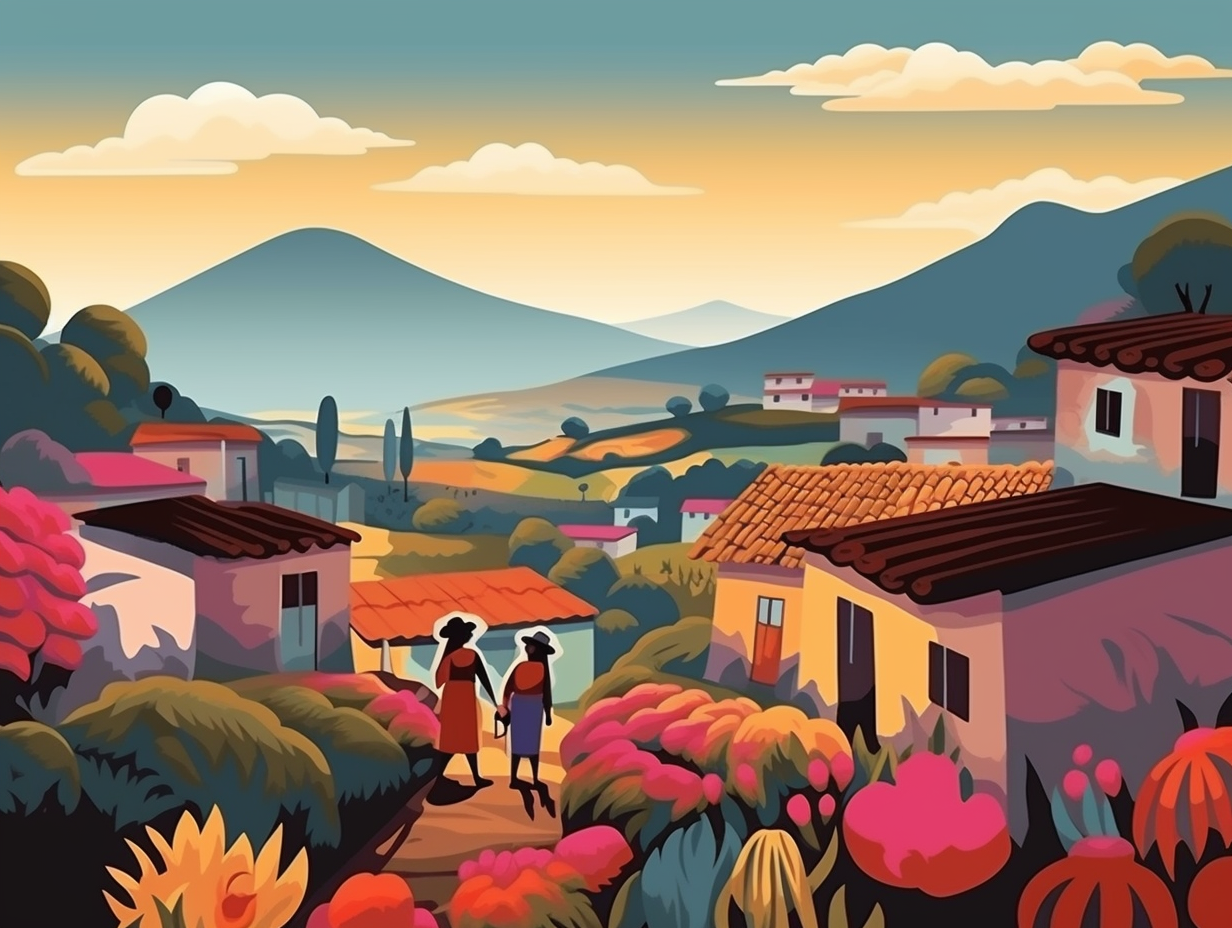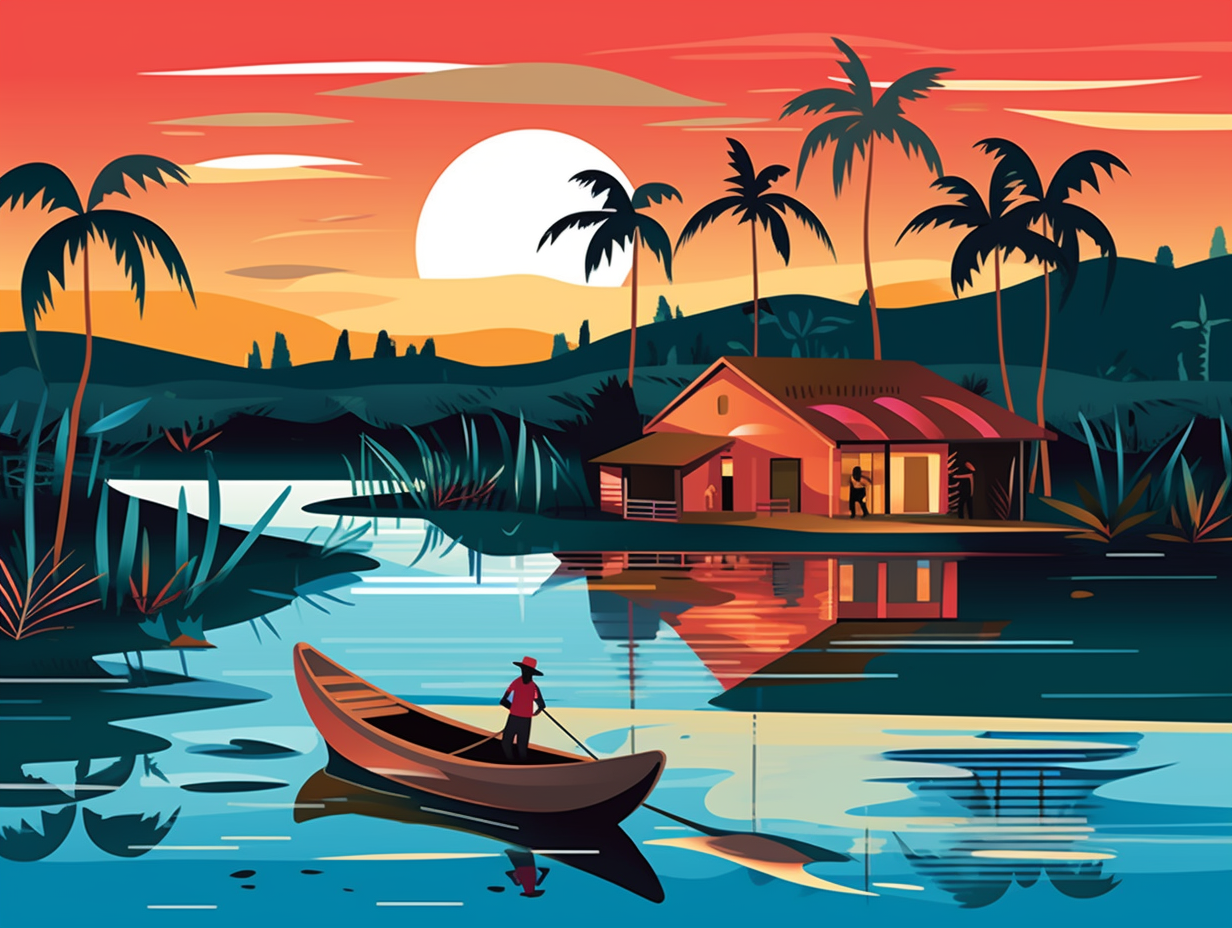Discover the Top 16 Unique and Entertaining Facts about Bolivia to Inspire Your Next Adventure!
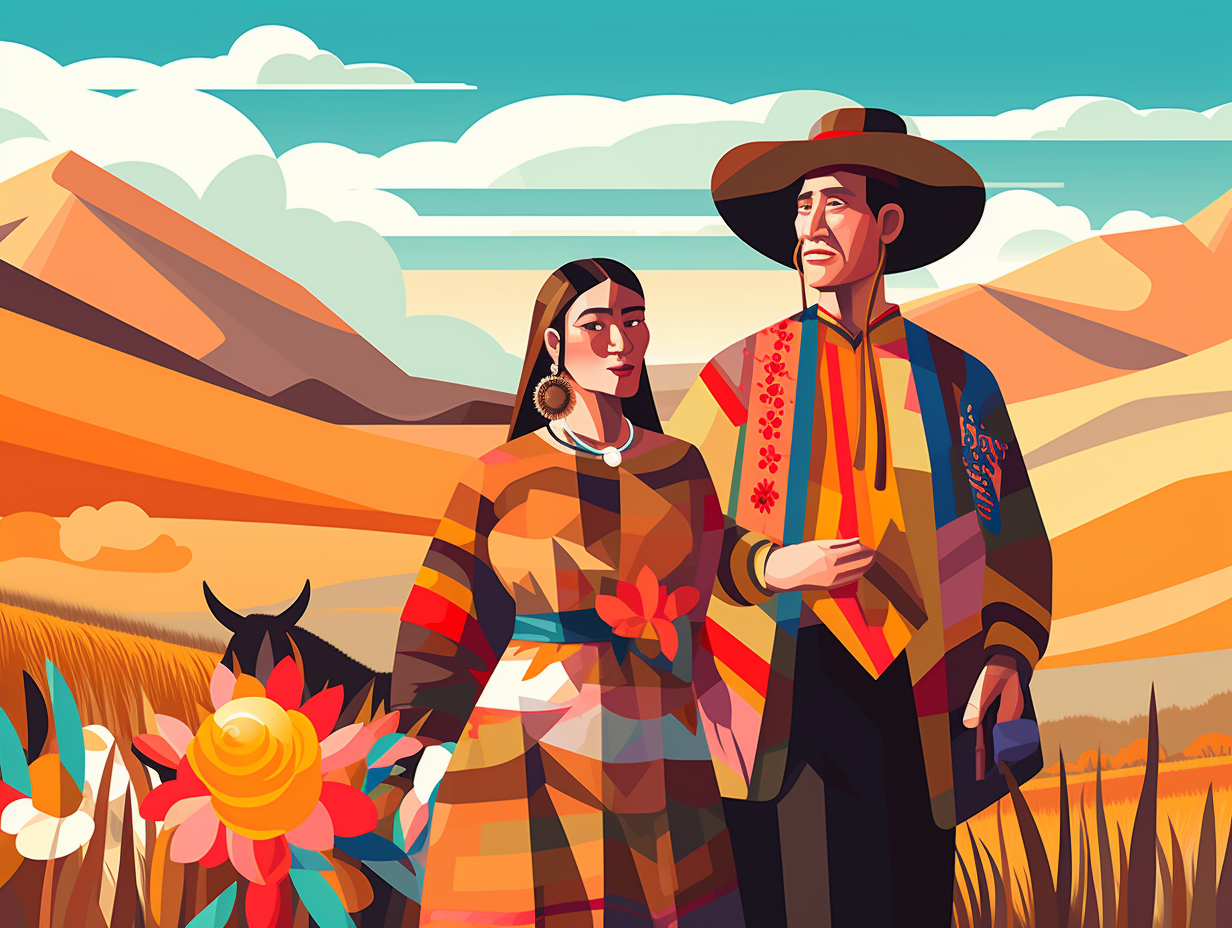
1. Death-Defying Bike Rides
Ever thought of biking on the edge of the afterlife? Welcome to Bolivia's Yungas Road, where graveyard visitors have two wheels: Known for its thrilling slopes and jaw-dropping views, this perilous path lures around 25,000 brave souls yearly for spine-tingling mountain biking escapades. Previously dubbed the "Road of Death" for its treacherous conditions and lack of guardrails, this adrenaline junkie's playground now serves cyclists and walkers exclusively thanks to a safer alternative route being built. So strap on your helmet and gear up for a wild ride on Bolivia's infamous Yungas Road!
Source => en.wikipedia.org
2. Coca Leaf Myth-Busting
Hey there, coca-liptic adventurers who couldn't resist that edgy trek up the Andes, don't put all your coca leaves in one tea cup: There's no scientific evidence to support that consuming coca leaves prevents or treats high altitude sickness. To tackle that pesky affliction, focus on acclimatization, climb high and sleep low, hydrate, and consider taking altitude sickness medications like acetazolamide.
Source => travelsafeclinic.ca

Did you know Peru is home to stylish Andean bears, known for their trendy eyewear-like markings and impressive tree-house-building skills? Discover more about these fuzzy lumberjacks and their fabulous neighbors now! 🐻🌳🕶️
=> Fun Facts about Peru
3. Spider-Man's Cable Car Dream
If Spider-Man lived in Bolivia, he'd probably have some serious web-slinging competition: La Paz is home to the world's longest urban cable car system, Mi Teleferico, which stretches over 500 meters to connect the city center with the even higher El Alto at 4,150 meters above sea level - making it the perfect transport choice for high-flying locals and tourists since 2014.
Source => theguardian.com
4. A Salt Flat Powerhouse
Who needs a pinch of salt when you can have a colossal flat full of it, especially one that keeps our smartphones buzzing and electric cars zipping? Feast your eyes on this: The Salar de Uyuni in Bolivia is the world's largest salt flat and also happens to hold over half of the planet's lithium reserves, essentially making it the powerhouse for those indispensable batteries in our tech-savvy world.
Source => nationalgeographic.com
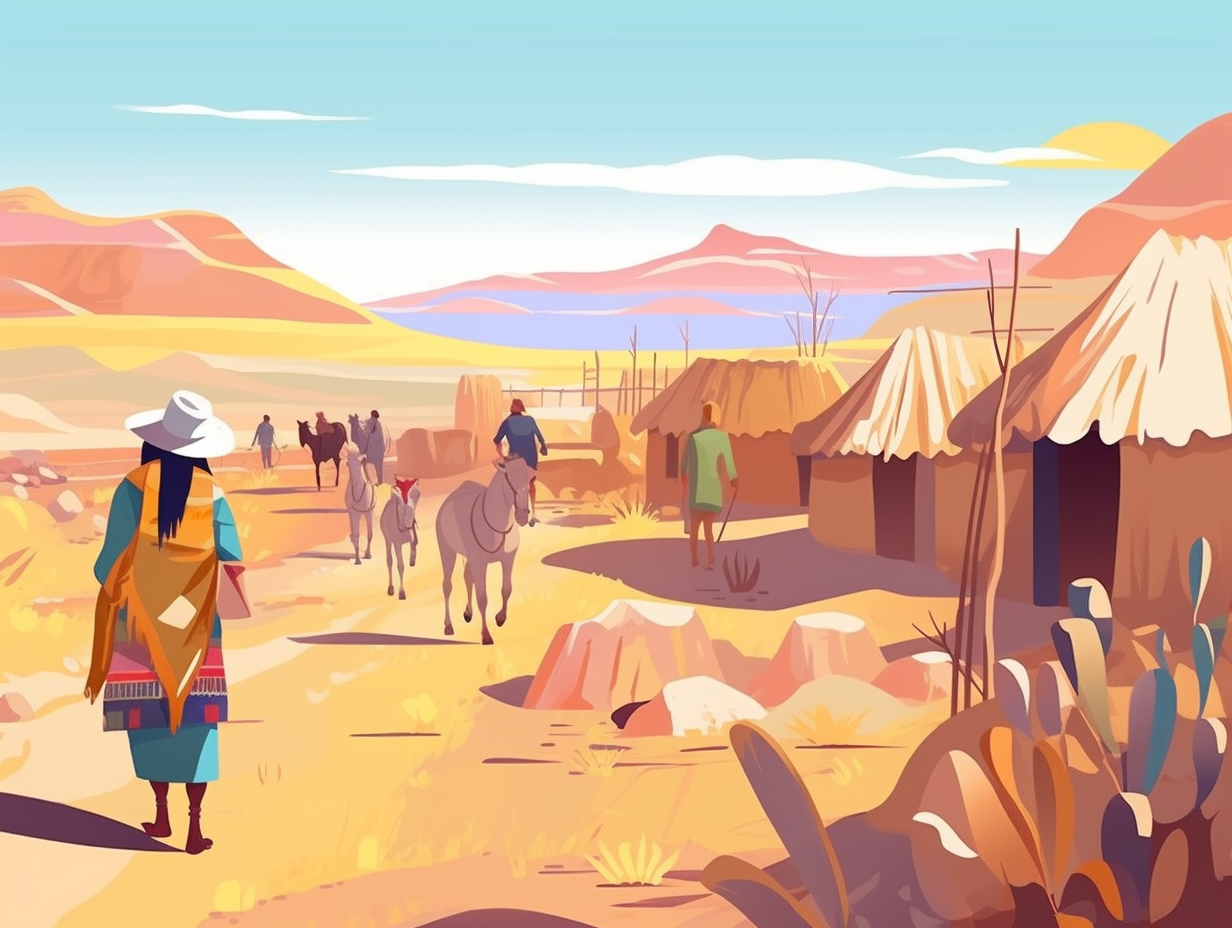
5. Ronald McDonald Got Dumped
In a deliciously ironic twist of fate, the land of potatoes kicked Ronald McDonald to the curb and denied him a Happy Meal: Bolivia remains the only Latin American country without a single McDonald's restaurant, due to their unwavering love for local cuisine, cultural pride, and resistance against foreign investments since the fast-food titan failed to thrive and shut down all its branches in 2002.
Source => kuodatravel.com
6. Landlocked Bird Haven
Who needs an aviary when you've got Bolivia, nature's finest bird-watching paradise: Hosting 1435 feathered friends within its humble abode, Bolivia scores the 6th global spot for bird diversity and snags the gold for most bird species in landlocked domains.
Source => pisatahua.org
7. Bewitching Bolivian Bazaar
Step right up to the most bewitching bazaar this side of Harry Potter's Diagon Alley: In Bolivia's Witches' Market, nestled in the mountains of La Paz, local yatiri (witch doctors) don black hats and sling coca pouches filled with amulets, talismans, and powders that promise luck, beauty, and fertility, all while peddling potions and curiosities like medicinal plants, dried frogs, and armadillos – but leave the llama fetuses at home, they're not on the shopping list here!
Source => en.wikipedia.org
8. Tech-Boosting Salt Flats
What did the laptop say to Bolivia's Salar de Uyuni? You complete me: Housing an astounding 50-70% of the world's known lithium reserves, totaling over 9 million tons, the Salar de Uyuni doesn't just make for picture-perfect travel memories; it quite literally powers our favorite electronic gadgets and helps to calibrate satellite radar altimeters with its impeccably flat surface. Oh, and it happens to be a hotspot for pink flamingos and rare hummingbirds—because apparently, it wasn't already impressive enough.
Source => discovery.com
9. Jack-and-the-Giant-Cactus
If Jack's beanstalk were a cactus and planted in Bolivia, it'd have some stiff competition: Isla Incahuasi boasts giant cacti that can tower up to 10 meters tall, and some are hundreds of years old, growing at a leisurely pace of just one centimeter per year amidst the barren salt flats.
Source => salardeuyuni.com
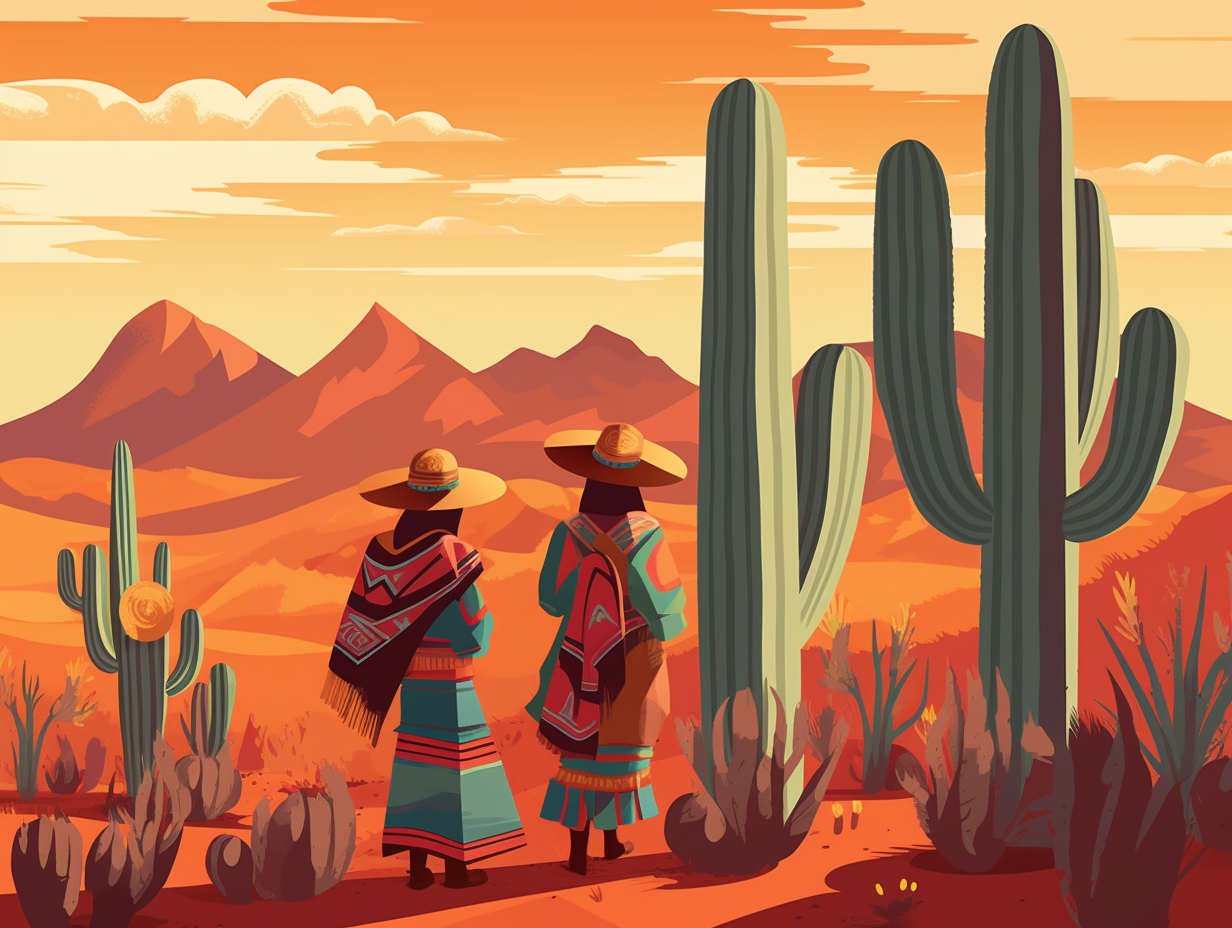
10. Diverse Butterfly Bonanza
In a fluttering spectacle of kaleidoscopic proportions, Madidi National Park proves that it houses more butterflies than a nervous stand-up comedian: boasting the highest terrestrial biodiversity of any protected area in the world, the park is home to 1,544 butterfly species and 5,515 plant species, with 1,382 new species and subspecies recently added to its guest list, including 100 mammals, 41 birds, and 27 reptiles – all swaying, slithering, and soaring within its vast range of ecosystems from grasslands to cloud forests.
Source => upi.com
11. Cuckoo Clocks Go Counterclockwise
In a land where time's gone cuckoo and the clock hands do the moonwalk: Bolivia's Congress building sports a clock with flipped numbers and counterclockwise hands to celebrate the country's Southern Hemisphere location, promote cultural heritage, and encourage creative thinking.
Source => npr.org
12. Holy Two-for-One Deal
You know those "Two for the price of one" deals at the supermarket? Well, Bolivia's got that going on – spiritually speaking: Copacabana blends indigenous and Catholic beliefs within Basilica de la Virgen de Copacabana, which cleverly houses holy shrines to the sun god and fertility goddess along with statues of Catholic saints like Our Lady of Copacabana – the Inca princess-rōbed patron saint of Bolivia who even saved Brazilian sailors from a storm, giving her namesake to Rio's famous beach.
Source => matadornetwork.com
13. Sky-High Capital City
Ever wondered if Superman ever had trouble with elevations while flying around? In La Paz, even he would feel a tad out of breath: this bustling metropolis rests atop a dizzying 3,650m (11,975 ft) above sea level, making it the highest capital city in the world and a marvel of human adaptation nestled in the sky.
Source => rainforestcruises.com
14. Tiwanaku's Ancient Marvels
Hold onto your alpacas, folks: Bolivia's ancient Tiwanaku city could give modern metropolises a run for their money! At its peak, this former spiritual and political hub boasted a thriving population of 10,000 to 20,000 residents, supported by its complex agropastoral economy and trade. Home to architectural marvels like the terraced Akapana mound, Pumapunku stepped platforms, and the Kalasasaya temple, Tiwanaku's glory sadly withered away around 1000 AD, possibly due to a devastating drought.
Source => en.wikipedia.org

15. Devilishly Delightful Dance
You know that awkward moment when you show up to a costume party as the same devil as the other guy? Well, now picture an entire town dancing that jig: The Diablada, a centuries-old Bolivian folk dance, busts its devilish moves during the Carnaval de Oruro, with roots tracing back to pre-Columbian rituals. Over 10,000 musicians and 28,000 dancers come together for this UNESCO-recognized fiesta, creating a syncopated synthesis of indigenous, Christian, and Spanish influences that'll have even the most ornery of demons tapping their hooves in delight.
Source => blackplatinumgold.com
16. Quinoa Color Symphony
Who needs a color palette when you've got quinoa: a Bolivian edible art piece that comes in white, red, and black! This ancient grain hailing from the land of the Andes is a gluten-free superhero that packs a punch with its high protein and low carbs, saving the day for health enthusiasts worldwide. Having been cultivated for over 3,000 years by the hardworking Bolivian farmers, quinoa still thrives on the high-altitude canvas of the altiplano, where even the harvest revolves around the old-school technique of using hands. The rise in demand for this picturesque plant has seen many locals swap their potato crops for quinoa fields, sowing seeds of success with every multi-hued harvest.
Source => natureasart.net
Related Fun Facts

